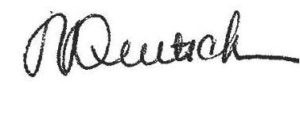Recently, the American Board of Family Medicine (ABFM), the American Board of Internal Medicine (ABIM), and the American Board of Pediatrics (ABP) issued a statement saying that providing misinformation about the COVID-19 vaccine contradicts physicians’ ethical and professional responsibilities. The Society for Pediatric Anesthesia (SPA) is in strong support of this statement.
As the COVID-19 pandemic continues, the delta variant is affecting pediatric patients to a greater extent than has been previously seen. The evidence that vaccines are safe and effective is extremely well-supported. While children under 12 years of age are still not eligible for the COVID-19 vaccine, encouraging all individuals who are able to get it will help to decrease the spread of this disease to children. As physicians, providing the most accurate information to our patients and their families is imperative to ensure their continued safety.

